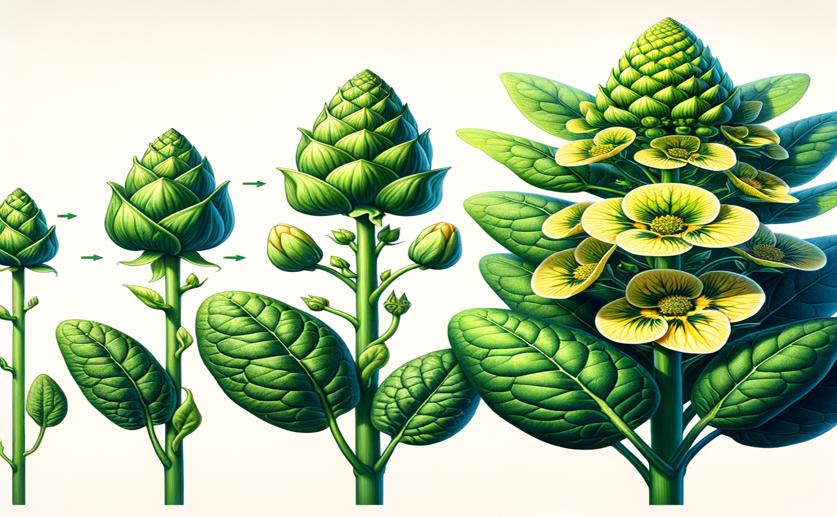
Understanding Gene Patterns in Spinach Flower Development
Greg Howard
12th August, 2024

Image Source: Natural Science News, 2024
Key Findings
- Researchers at Fujian Agriculture and Forestry University identified 54 MADS-box genes in spinach, crucial for flower development
- Type II MADS-box genes showed female flower-biased expression, indicating their role in carpel development, while the PI gene showed male-biased expression, suggesting its role in stamen development
- The study supports the floral quartet model, demonstrating how specific MADS-domain transcription factors contribute to unisexual flower development in spinach
References
Main Study
1) Genome-wide analysis of MADS-box genes and their expression patterns in unisexual flower development in dioecious spinach.
Published 11th August, 2024
https://doi.org/10.1038/s41598-024-68965-9
Related Studies
2) Developmental and evolutionary diversity of plant MADS-domain factors: insights from recent studies.
3) MADS-domain transcription factors and the floral quartet model of flower development: linking plant development and evolution.



 11th August, 2024 | Greg Howard
11th August, 2024 | Greg Howard